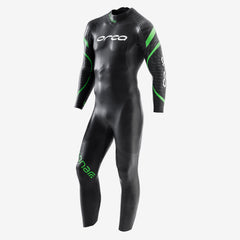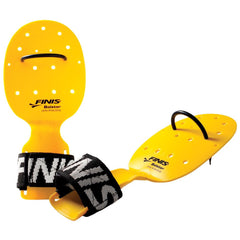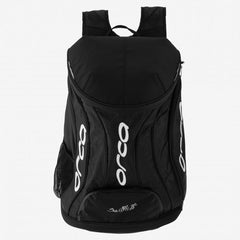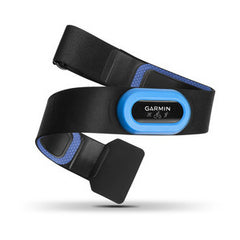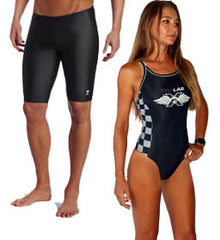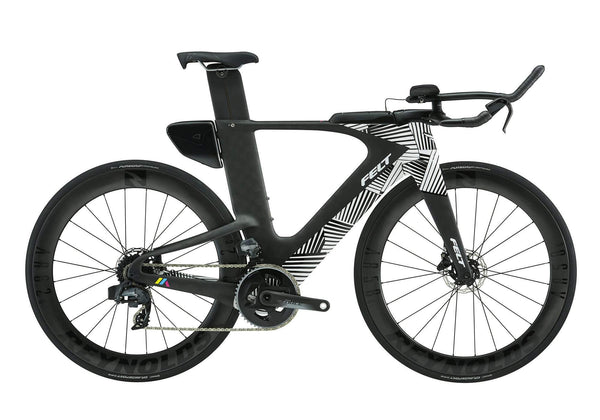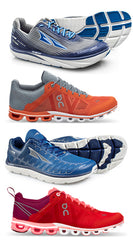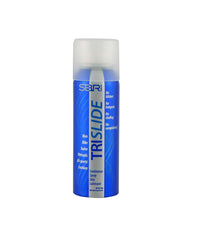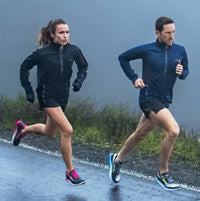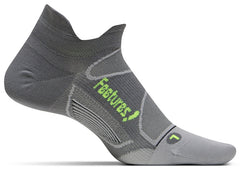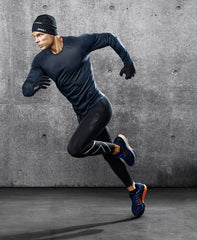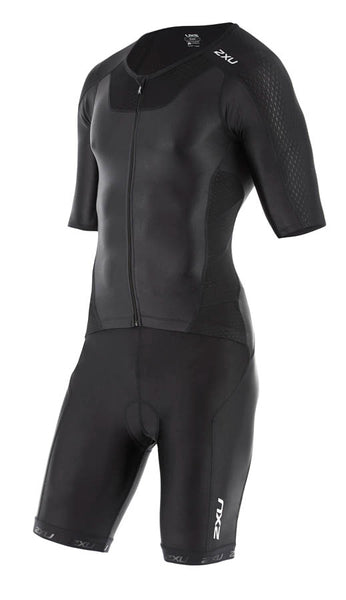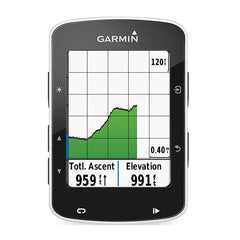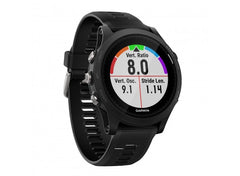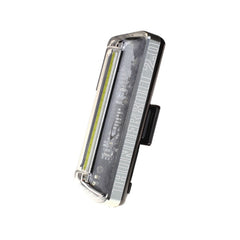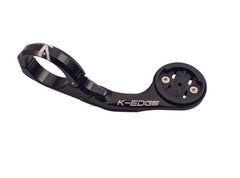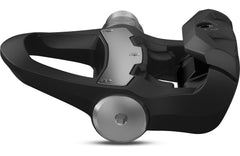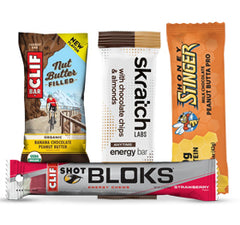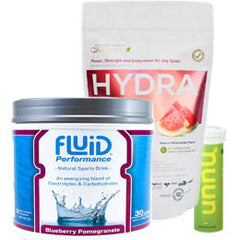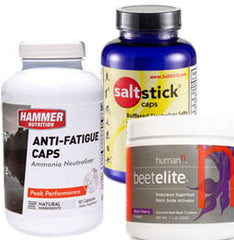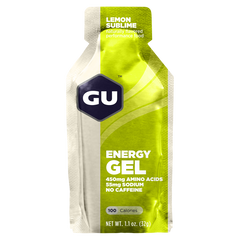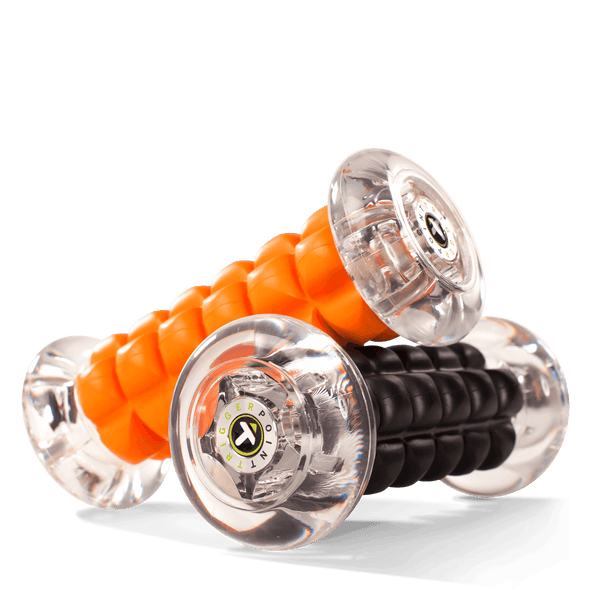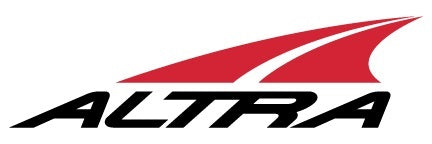How to Choose a Wetsuit
Triathlon Wetsuits- How to choose the right wetsuit
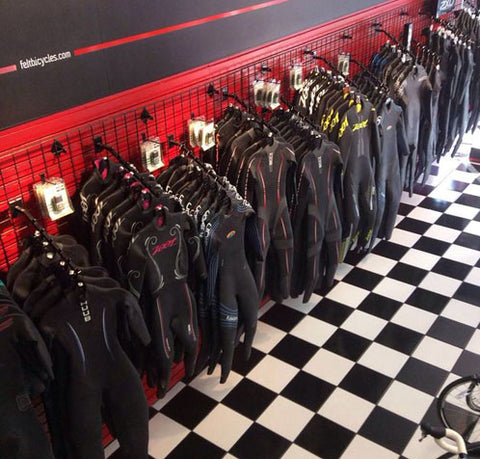
Triathlon Wetsuit Features:
Buoyancy - Wetsuits are manufactured from various types of rubbers, with neoprene being the most common type. These rubbers are buoyant and help you float higher in the water. Because it helps you float, you will spend less energy keeping afloat and more in propelling you forward. In addition, manufactures can actually improve your swim form by varying rubber thickness, which can raise portions of your body more than others. This is more common in the higher end wetsuits. Buoyancy is probably the property that will improve your swim.

Warmth - Wetsuits will help your body maintain body heat. It does this by limiting the amount of water in direct contact to your body and by protecting you from the wind and cold air. A small amount of water will enter your wetsuit. Some of this water will exit, but a thin layer will remain. This will heat up from your body and act as another layer of insulation.
Flexibility - Because triathlon wetsuits are designed for swimming, it is crucial for the wetsuit to minimize resistance to your body’s motion to reduce fatigue. For this reason manufactures will use flexible materials and thinner neoprenes/materials in key locations such as arms/shoulders, chest, etc. This feature is especially important for triathletes, and is not a priority in wetsuits for surfing and diving which are warmth property driven.
Hydrodynamics - Because triathlon wetsuits are designed to improve your swim time, hydrodynamics is an important feature. Most mid-range and high-end wetsuits contain a slick silicon coating that reduces friction and drag even further.
Now that you understand the basics of a triathlon wetsuit, where do you begin in choosing the right wetsuit for you? Read on for a guide on wetsuit selection.
Step 1. Determine the purpose of the wetsuit. Is it for warmth while swimming? Is it for improved swim time? What type of water will you be swimming in? Most likely you will want a combination of added warmth with improved swim time.
About triathlon wetsuits: Triathlon wetsuits are very different from surfing and diving wetsuits. Diving and surfing wetsuits are design for warmth, and use different type of neoprenes and material. Triathlon wetsuits are specifically designed for swimming on the water surface. Warmth is a secondary design feature for triathlon wetsuits. Flexibility in the arms and legs are very important to prevent fatigue. Low friction is also important for triathlon wetsuits. While you are swimming, the last thing you want to do is to “fight” with your wetsuit.
How do wetsuits help you swim faster? The main reason triathlon wetsuits improve swim times is due to the added buoyancy from the neoprene. In addition, most triathlon wetsuits are manufactured from slick neoprene to reduce friction. Higher end wetsuits also have a slicker coating to reduce friction even further. Increased buoyancy will “float” you higher on the water surface, reducing friction and redirecting energy needed for keeping you afloat to instead directed at propelling you forward in the water. Significant time savings can be achieved with a wetsuit.
In addition to added bouyancy, triathlon wetsuits need to be flexible in critical locations to avoid adding fatigue and resistance. Otherwise advantages of buoyancy would be negated, as with surfing and diving wetsuits. Most triathlon wetsuits use thinner neoprene in the arms and shoulders for this reason. The more advanced wetsuits use more varying thicknesses of neoprene and higher grades of neoprene throughout the suit to improve performance. These benefits include reduced fatigue, better swim position and form on the water, and better water pull for added propulsion. This increased complexity increases the cost of the wetsuit, but it has a direct impact on performance. Some beginners choose the entry level wetsuit based on cost, but actually could significantly benefit from a high end wetsuit more than an advanced swimmer. If you are a beginner triathlete that struggles in the swim, you may wish to consider a higher end wetsuit even with added cost.
How do wetsuits keep you warmer? Wetsuits keep you warmer by creating an insulating barrier to the air or water. In addition, some water will enter your wetsuit and a thin layer will remain adding to the insulating barrier. This water heats up from your body temperature and will help keep you from losing warmth. However, You should not get too much water in your wetsuit…if so, then the size is probably incorrect.
Wetsuit Categories
1. Basic entry wetsuit. This wetsuit category is generally manufactured from a lower grade neoprene wetsuit with moderate flexibility. The wetsuit will be mainly one thickness throughout with the exception of the arm/shoulders. These areas will probably either be a jersey material or a thinner neoprene. This wetsuit will provide buoyancy and warmth. Price point can vary but generally ranges between $150 - $275.
Mid Range Wetsuit. This wetsuit category generally uses 39 Yamamoto neoprene with more thickness variations throughout the wetsuit. This neoprene is more flexible than the lower grades, but still has good durability. So benefits include increased flexibility over the basic entry wetsuit. In addition, most wetsuits in this category will have added thicknesses in target areas to improve your swim position on the water. Price range: $275 - $499.
3. High End Wetsuit . Wetsuit models in this category generally have highly technical combinations of neoprene grades, thickeness, and other technologies. These are designed to give the best combinations of flexibility, buoyancy target locations for swim form, and added textures for increased propulsion. The wetsuits in this category aim to provide the advantages of the buoyancy and warmth with least amount of resistance to your swim strokes. They are designed for speed and comfort. Price range: $500-$1200.
Once you have determined your price point you are ready to shop for a wetsuit. Triathlon LAB carries the top wetsuit brands including Orca, Blue Seventy, and Roka. The best way to choose a wetsuit is to try on several different brands and compare fit. If you cannot try it on, then you should use the manufacturer fit chart as a guideline. However, these charts are not accurate for everyone as individuals all have different body proportions. Triathlon LAB has a wetsuit fit guarantee for this reason. Important points for determining if the wetsuit fits you properly are addressed but include the following:
1. No gap in crotch or underarms.
2. Comfortable in chest with no breathing restriction
3. Low resistance with simulated swim strokes
4. Comfortable around shoulders and neck. (Not a pulling down feeling…indicates wetsuit is too short in torso)
Please watch this video for a visual tutorial:
The wetsuit should be a tight as possible while remaining comfortable and with little restriction. This is because the wetsuit will loosen in the water. If the wetsuit is loose, it will fill up with water while you are swimming and slow you down. A common mistake for first time triathletes is to purchase a wetsuit that is too big because it feels the most comfortable out of the water.
For a visual explanation, please watch our video:
Sleeved vs Sleeveless Wetsuit
This is generally a personal preference. Most people who prefer sleeveless wetsuits like to have their arms completely free. It seems that a lot of customers that come from a swimming background prefer sleeveless wetsuits.
Sleeved wetsuits have a bit more buoyancy than sleeveless wetsuits, and additional warmth. Most triathletes opt for the sleeved wetsuits.
Triathlon LAB is dedicated to getting our customers into the right wetsuit. If you would like assistance in choosing your wetsuit, please let us know. Rest assured, with our 15 day fit guarantee, we will exchange your wetsuit purchased from us if it does not fit properly. (Product price difference will apply to the exchange.)
Mlore question about wetsuits? Please see our Wetsuit FAQ for more information.
